
Whether running a business, rehabbing a home, and generally cleaning up anywhere, you’re bound to generate waste. Most waste is relatively harmless and easily disposed of by setting it out for collection. But you can’t just toss and forget about some waste. You must follow specific rules to collect, transport, and store certain hazardous waste to avoid injury, environmental issues, and even death. Here are four mistakes to avoid in hazardous materials storage.
A person can’t know how to protect themselves from hazardous material if they don’t know what that material is. Once hazardous material is lab packed or otherwise contained within the packaging, whether it’s a barrel, box, or other container, it must feature a label describing the contents. Specific information is required as well. List the material, the hazard class, and any specific risks or equipment required to properly handle the container and its substances. Failure to label and identify hazardous materials leaves the company open to legal proceedings, fines, and more.
You’ve heard the old saying about how oil and water don’t mix. That goes for so many other substances as well, though their failure to mix is the least of the handlers’ worries. Some substances, when stored too closely together and allowed to intermingle, leave open the possibility of ignitability, explosions, poisonous gases, and other dangerous chemical reactions. Store hazardous materials at risk for harmful chemical reactions far from one another. Also, when you work with hazardous chemicals, ensure there is proper ventilation, so gases aren’t allowed to build up in the storage space. Otherwise, the company risks death, damages, and other disastrous results.
Even if you keep apart certain hazardous materials, they can do plenty of damage on their own. Failing to provide measures that prevent and contain spills and leaks can lead to larger problems. It’s not enough to seal containers and look for defects. Employ spill pallets, containment berms, and other secondary containment devices and tools to catch hazardous materials and stop their spread. Naturally, even when containment devices are not in use, you should inspect them to ensure they’re in good working order.
While it’s important to remember that properly disposing of waste is good for the environment in general, consider the immediate “environment” around the storage facility. Storage areas should be free of factors that can spark, literally and figuratively, an accident or other issues. Be sure the storage facility has a controlled temperature, since high heat can cause fires, explosions, and more. Likewise, be sure to reduce exposure to sunlight and ultraviolet radiation and keep humidity at the proper level. Control the environment and control conditions that lead to disaster!
Those are just four mistakes to avoid in hazardous materials storage. Keep them in mind to keep insurance premiums low and employees and others safe!
24World Media does not take any responsibility of the information you see on this page. The content this page contains is from independent third-party content provider. If you have any concerns regarding the content, please free to write us here: contact@24worldmedia.com
Latest Posts

Why Stainless Steel Products Are Used in the Medical Field

How Industrial Facilities Can Reduce Energy Consumption

5 Mistakes That Supplement Companies Should Avoid

How To Extend the Life of Your Concrete Floors

4 Tips To Help Your Employees Be More Productive

The Threats Beehives Face When Improperly Moved
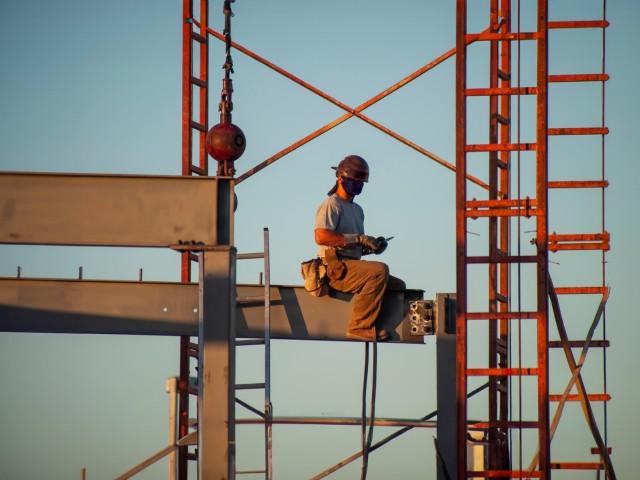
Building Up: The Daily Life of an Ironworker
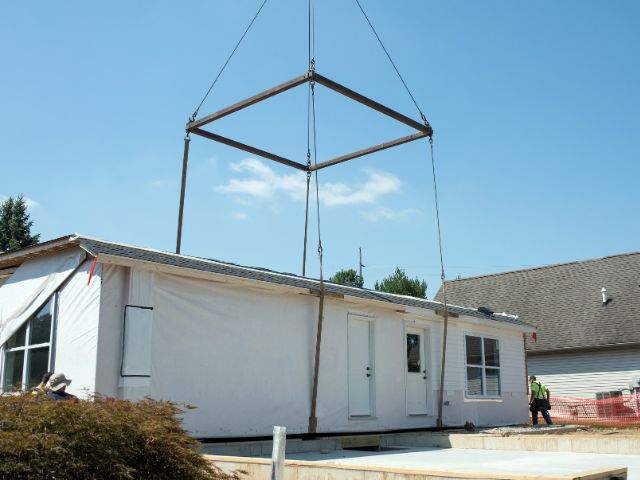
Interesting Facts About Prefab Home Construction
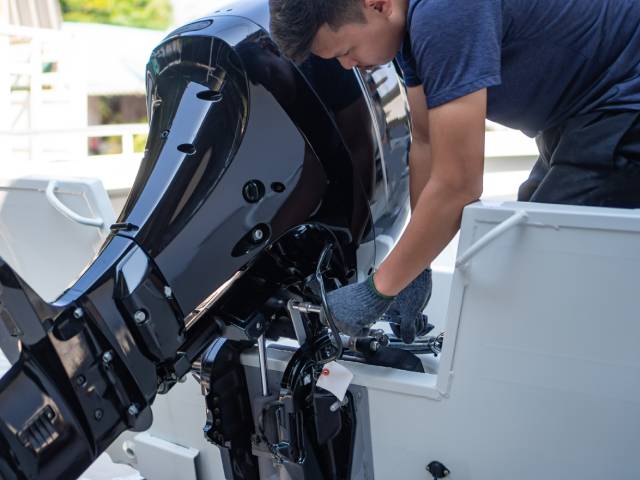
Boat Battery Maintenance Tips and Tricks
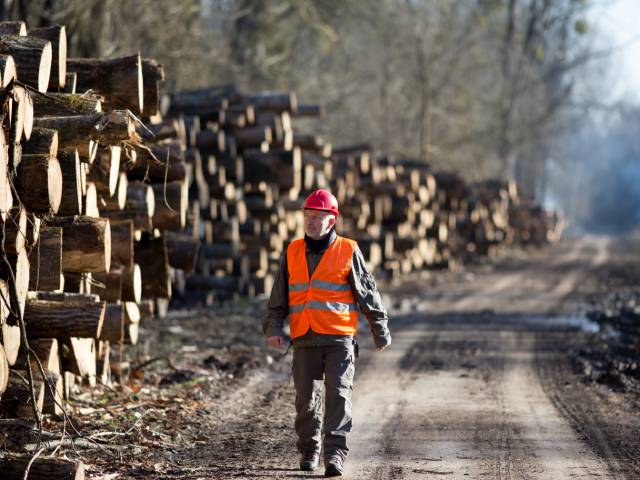
Important Tips for Pursuing a Career in the Logging Industry

4 Mistakes To Avoid in Hazardous Materials Storage
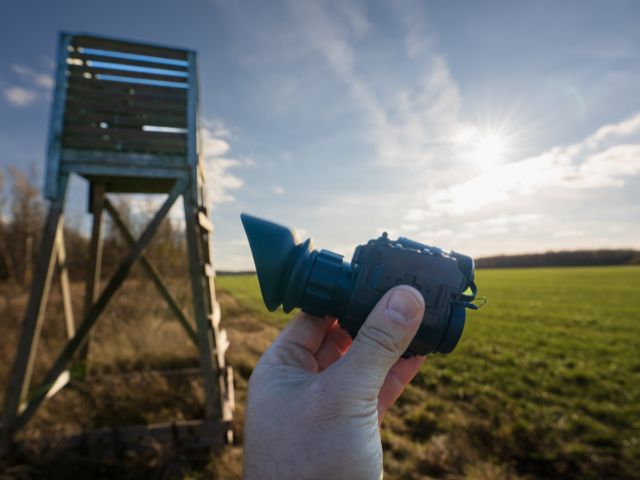
The Benefits of Night Vision When Hunting